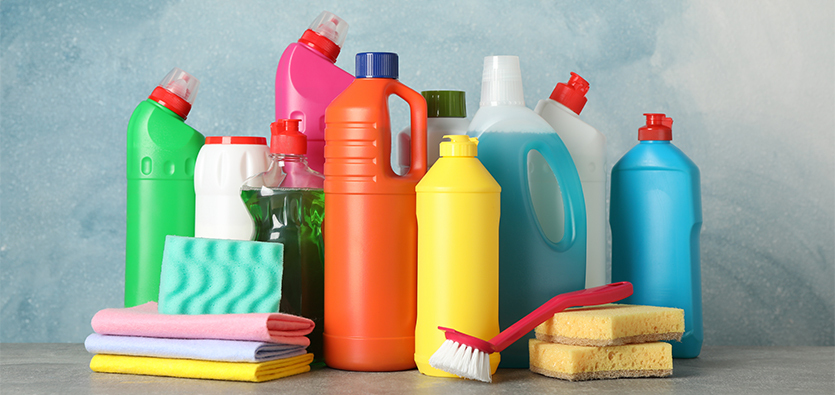Understanding how to clear hard water stains and mineral deposits is vital. Cleaning solutions are frequently chosen based on their basic qualities, and acidity dissolves stubborn inorganic residues best. Acidic cleaners chemically break down these deposits’ strong bonds, unlike their equivalents. They are good at reviving hard water-damaged surfaces. acidic vs. alkaline cleaning products target different residues—acidic ones dissolve mineral-based buildups, while alkaline ones break down organic debris.
Understanding Their Cleaning Power
Acidic cleaners work by reacting with hard water stains and mineral scale to make them soluble and easy to rinse. Water evaporation leaves minerals behind in these tenacious structures. These minute particles collect, leaving surfaces with a crusty coating. Acidic cleaners release mineral components by chemically reacting with them. This dissolving action makes acidic washing more effective and less laborious than scrubbing ingrained discoloration and roughness. These cleaners work by chemically altering accumulation rather than using abrasion.
Effective Use Cases
These are essential for cleaning many housing and business surfaces. Their main use is in bathrooms, kitchens, and utility rooms with hard water. Hard water damages sinks, plumbing, shower enclosures, and toilet bowls, leaving dull films and mineral deposits that defy cleaning. Acidic solutions are better for certain issues. These cleansers promote gloss, hygiene, and fixture and surface longevity by minimizing mineral accumulation degradation. Acidic cleansers’ targeted action saves time and energy while producing better results. The second major distinction between acidic vs. alkaline cleaning products is that acidic solutions clean inorganic substances, while alkaline solutions clean organic substances.
Maximizing Cleaning Performance
To enhance acidic cleaner effectiveness, use them properly and provide enough time for the chemical reaction. These cleaners are powerful, but haste can yield poor results. Spread the cleanser evenly to cover stains and residues. The cleaner’s time of action depends on the buildup’s severity and the substance being used, so consult the directions. After the cleanser reacts with the minerals, a light brush or sponge scrub will remove any softened particles. After cleaning, thoroughly rinse to eliminate residue and reveal the shining surface. A second application may be needed for old or persistent stains.
Acidic cleaners help remove hard water stains and mineral scale. They dissolve these obstinate deposits and restore surfaces to their natural cleanliness and sheen due to their unique chemical capabilities. By understanding their mechanism of action, proper applications, and best practices, people may employ these specialist cleaning solutions to keep their surroundings clean.

